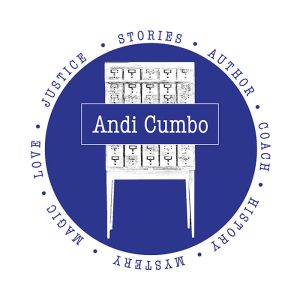Many years ago, I decided to join a marathon training program in San Francisco. I showed up at Golden Gate Park with barely-broken-in running shoes and even less broken-in legs, and they told us to run out of the park, down the coast, and back – three miles! I thought I would die. But I did it, very slowly, but I did it. This run determined the pace at which I should train, and it put me into a group of other slow runners.
Each Saturday, I returned to the park for our ever-longer runs, and all of us got into our pace groups. The trained runners took off and were out of sight before my group even got the first half-mile in, and sometimes I was jealous. Mostly, though, I was grateful to have our slow pace. I am not built for running, and this pace was the only thing that let me keep going.
Pacing a story is much the same. You have to set the pace for the reader who has picked up your book.
Consider the Pace
When you’re setting the pace of your work, you need to think about a few things in order to help your reader move through your words with clarity, engagement, and steady interest.
- The Genre Expectations — Every genre brings certain expectations about pace. Literary fiction is usually moderately paced with a few slower sections at important moments in the plot. Thrillers are fast-paced at almost every page with maybe a bit of slower speed when meeting characters or finding out important facts. Memoirs can be either fast or slow based on the material and style of the writing.
- The Reader’s Need to See — In any story, the reader needs time to take in new information or key points, so at those moments, the writer needs to build in a bit more time, another breath or two, for the reader to grasp an idea. In a mystery novel, those slightly longer moments might be around key clues. In a fantasy novel, they might come during a crucial battle scene or magical moment. The key is to slow the story down just enough that the reader has enough time to see that crucial thing without losing interest.
- The Author’s Style — Often, the writer is too focused on this consideration to see the other pacing needs in a story, but this element of writing needs to work in service to the book as a whole. So once we’ve considered the genre and the reader’s needs, then, we can think about how our style works to enhance those things by playing with our sentence length, our sentence structure, our vocabulary, etc.
How to Find the Pace
Writers can do a few simple things to learn about pacing.
- Read deeply and broadly with an eye toward pace. Study how romance novelists build excitement during key romantic scenes by speeding up or slowing down the pace. Look at the way your favorite memoirist changes her sentence length or paragraph size to either steep the reader in the moment or whiz him past it.
- Study the genre expectations. Read widely in your own genre and look at what is typical in terms of pace. Look at how true crime writers build suspense slowly at the beginning of their books but then pick up the pace as the case comes closer and closer to resolution. Explore how the rhythms of language set the pace in picture books.
- Practice. Write the same scene in a variety of speeds and see which works best for the reader’s needs and your purposes. Slow down that meeting of those two characters and see if it adds depth to the moment or makes it boring. Speed up that drive to work on that particular morning and see if makes the suspense higher or glosses over key ruminations.
- Ask your readers to guide you. When you ask friends to read your work, hire an editor, or bring on beta readers, suggest they tell you when they wanted more information (which means slow down) or when they felt like they were slogging through (which means speed up.) Then revise accordingly.
Wise pacing won’t make up for a lack of strong desire in your protagonists, and it won’t cover up sloppy writing. But it can be the difference between a reader sticking with your book or putting it aside. So consider it carefully.
And by the way, I didn’t finish the marathon despite the good training. But I did do a half-marathon at my own slow pace on the streets of gorgeous New Orleans, and because I was running at a way I could sustain, I got to really see that city in a way I might not have as a typical tourist. It was a true gift.
If you’d like to receive my blog posts and/or newsletter in your inbox regularly, sign up here. When you do, you’ll get a free list of “12 Things To Do Before Anyone Else Reads Your Book.”

